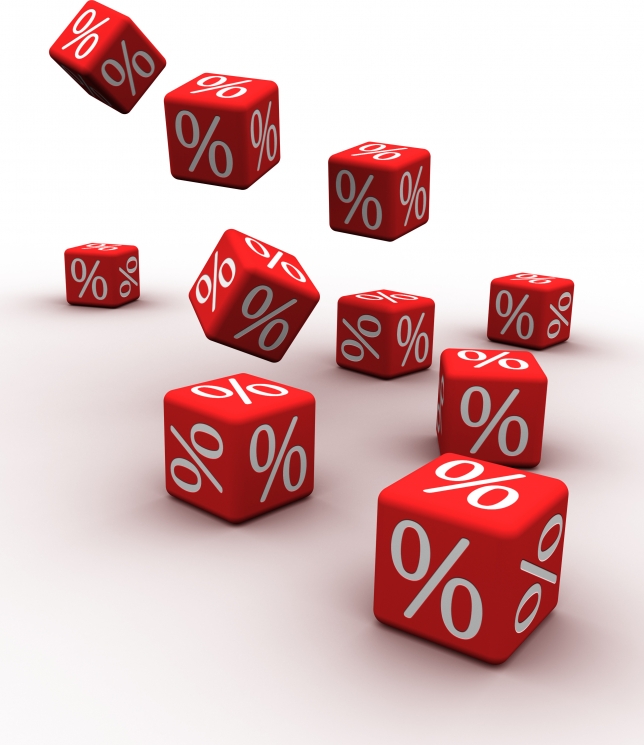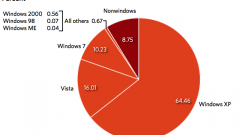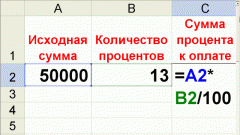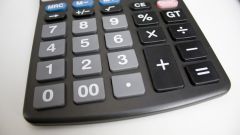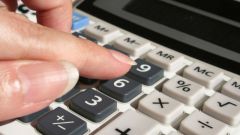You will need
- calculator
Instruction
1
To learn how to count percentages, remember that one percent is one hundredth of something. In most cases the amount of interest does not exceed one hundred. However, the percentage may be more than a hundred – this result does not Always indicate an error, but only a reason to double-check the correctness of the calculations.
2
If you set the amount (quantity) of something whole (kg) and value (number) part of the whole (CH), the answer to the question: "what percentage of H from C, divide H by C and multiply by 100.
H/C*100
Example
An employee's salary – 30 000 roubles. He was given a prize – 3000 rubles.
Question: what percentage was the prize of the salary?
The decision: 3000/30000*100=10 (%).
Interest is a dimensionless quantity. Therefore, it is important that the calculations, all quantities have the same dimension (more precisely, so that eventually all units reduced). For example, if in the previous example, the award was issued in dollars, they must be first translated into rubles.
H/C*100
Example
An employee's salary – 30 000 roubles. He was given a prize – 3000 rubles.
Question: what percentage was the prize of the salary?
The decision: 3000/30000*100=10 (%).
Interest is a dimensionless quantity. Therefore, it is important that the calculations, all quantities have the same dimension (more precisely, so that eventually all units reduced). For example, if in the previous example, the award was issued in dollars, they must be first translated into rubles.
3
If you set the amount (quantity) of something whole (n) and percentage (To), to answer the question: "what is To percent of C, divide C by 100 and multiply by K.
C/100*
Example
The voltage is 220 Volts. The maximum deviation from the nominal voltage value is 5%.
Question: how many volts can change the voltage?
Solution: 220/100*5=11 V (Volts)
C/100*
Example
The voltage is 220 Volts. The maximum deviation from the nominal voltage value is 5%.
Question: how many volts can change the voltage?
Solution: 220/100*5=11 V (Volts)
4
If you set the amount (quantity) of something whole (n) and percentage (To) at which the magnitude of C increased (decreased), then the answer to the question: "what was equal to a new value C, add (or subtract, if TS lowered to C her hundredth multiplied by K.
TS+TS/100*K (TCH/100*K)
Example
The farmer takes a Bank loan for one year – 100,000 rubles. The interest rate is 20% per annum.
Question: what amount will have to pay the farmer if the loan is repaid in a year in a lump sum?
Solution: 100000 + 100000/100*20 = 120000 (RUB).
TS+TS/100*K (TCH/100*K)
Example
The farmer takes a Bank loan for one year – 100,000 rubles. The interest rate is 20% per annum.
Question: what amount will have to pay the farmer if the loan is repaid in a year in a lump sum?
Solution: 100000 + 100000/100*20 = 120000 (RUB).
